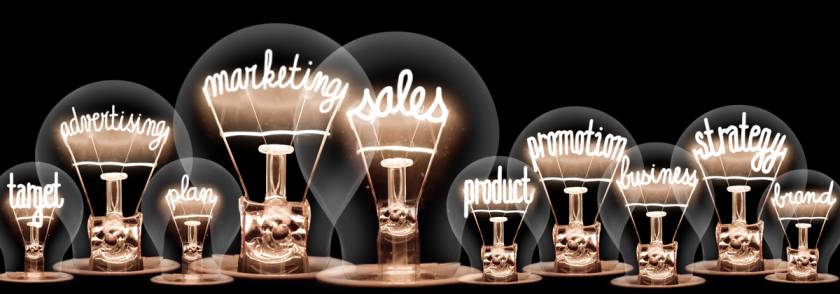Demographics And Psychographics: How To Know Your Customers Inside Out?



Demographic data includes statistical data such as age, occupation, gender, lifestyle, income, etc., amassed for a selected population. Psychographic data refers to records of attitudes, aspirations, values, interests, and psychological criteria, which prove helpful to determine the customer analysis of a particular population.
While ‘demographics’ is quantitative and a pivotal source for detailed and accurate data about the people and workforce, ‘psychographics’ is qualitative and looks at reaching a target audience by knowing what they like, value, and consider significant.
This article aims to connect the demographic and psychographic strategies to understand how both of these market research tools determine the customer analysis in the fashion market, which is crucial for any business plan in all its stages.
In the words of Malcolm Barnard, Fashion trends are influenced by many related variables that are pretty hard to predict and are determined by the social and psychological condition of society.
How are Demographics and Psychographics a pair?
Psychographics is based on demographic data and must be created after demographic profiles have been perceived. Not only are they related, but each affects the other.
In customer analysis, psychographics is core to consumers' priorities, motivations, and preferences in customer analysis. Psychographics help answer why consumers make decisions and behave in certain ways.
Psychographic Segmentation

Psychographic segmentation allows a marketer to identify the tastes and preferences of the customer and recognize the consumer types who are most likely to respond to a given subject and thereby form the customer analysis. It provides a lens to consumers' thinking and how they make decisions.
Based on the relationship between fashion and the psychological or social aspect and the situation of the emotional brand strategy, the psychographic approach is a component of the STP marketing process that mixes the subject of psychology and the behavior of the population.
With the current problem of prediction of trends, the emotional situation of the brand, and the distinctive characteristic of the fashion market, researchers believe that a customer analysis of the psychographic conditions of the market can be very useful in predicting the dynamics of the fashion market. It can also predict the movement of the market through a trend or some other aspect that can influence the fashion industry’s behavior. Based on this problem, researchers try to figure out the consumer analysis psychographics condition and segment the market with ‘fashion lifestyle.’
Collecting the Data
Methods such as surveys and questionnaires collect demographic and psychographic data. In recent times, polls, Google forms, and social media insights are key mediums for collecting the data and understanding the tastes and preferences of the customers.
Is Fashion just Female?
Contrary to the popular stereotype of women being more fashion-leaning, customer analysis suggests that men and boys are the largest buyers of designer fashion in today’s era. Males between the age of 16 to 24 comprise 57% of the market section. Females of the same period, on the other hand, purchase 48% off designer fashion products in the UK.
Identify the Buyer

Consumer trends have a significant effect on every industry across the globe. It is the public's sentiment that drives them to make purchase decisions. Hence, it becomes crucial for fashion brands to learn about their customers before designing and launching a new segment of trends in the market.
Top brands rely on data analytics in the creative process to determine customer analysis.
Role of Social Media
Social media plays a massive part in influencing fashion trends. Fashion has evolved since the advent of social media as consumers have started to dictate trends rather than brands.
Gucci’s Latest Lookbook stars big-name celebrities such as Harry Styles and Billie Eilish, and it’s no surprise the brand ranks number 3 on Lyst amongst the hottest brands of Quarter 2 in 2020. And with Instagram, purchasing is a click away since brands tag their e-shops directly in pictures. Not only Instagram, but platforms like TikTok, Pinterest, and YouTube dominate the trends.
Conclusion
Designers and brands look at what is happening today to predict the trends of tomorrow. Demographics and psychographics are major tools in creating customer analysis.
Trend forecasting based on social media images is among the most effective approaches to keep up with the times because consumers who desire change express themselves on social media.
If you are looking for a brand where you can manufacture your apparel at the best rate with the perfect quality, then Fashinza is where you should stop.



















